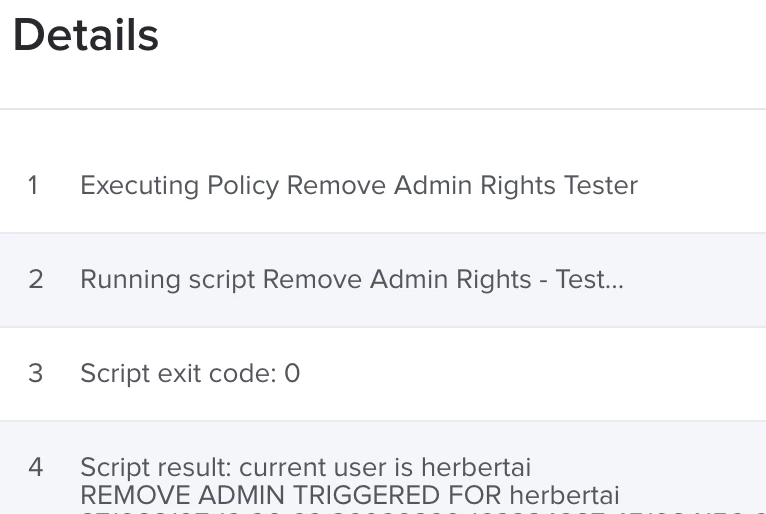Security has decided to take the plunge and remove admin rights from end users. I’m hoping the wonderful community here would be able to share their experiences with such an endeavor. What were the pain points you encountered? Which tools did you find useful? What did you not anticipate?
Question
Removing Local Admin Privileges
Enter your E-mail address. We'll send you an e-mail with instructions to reset your password.











